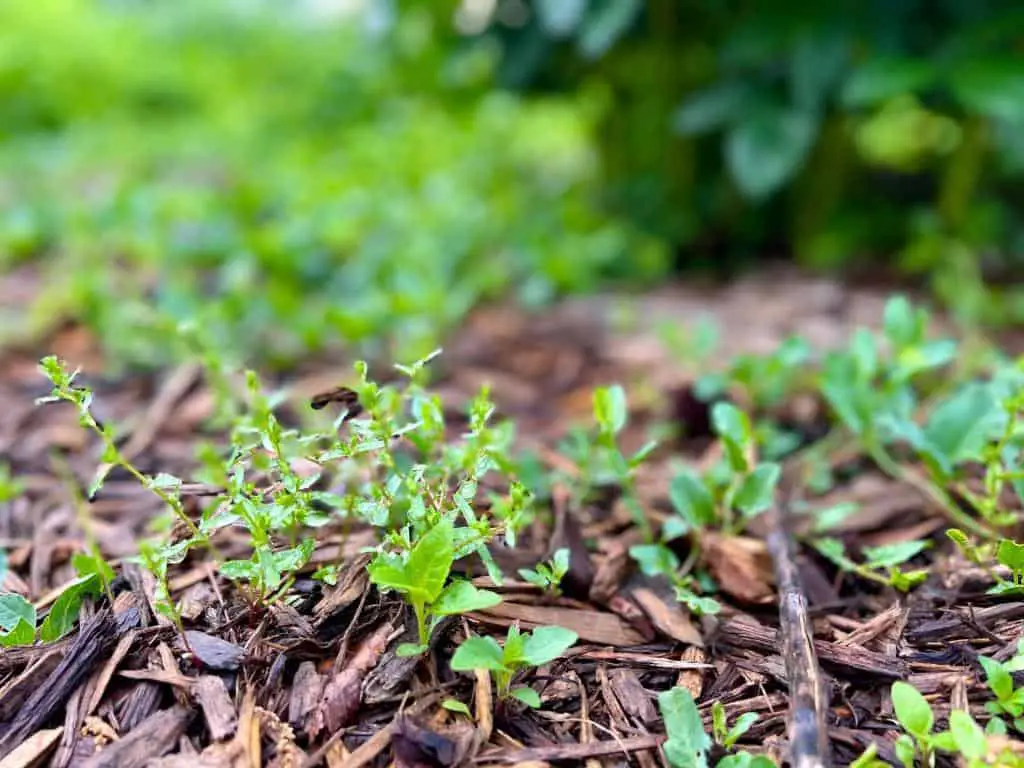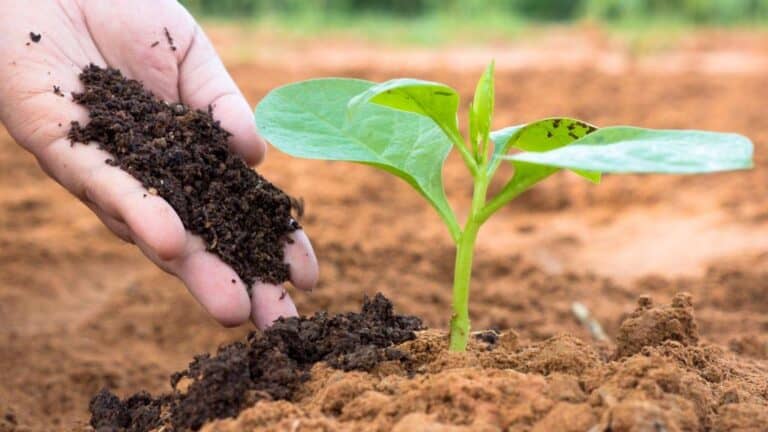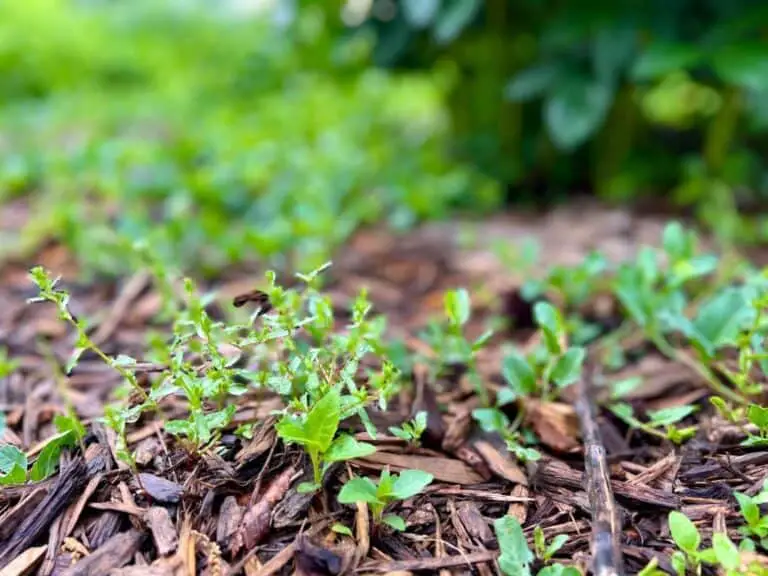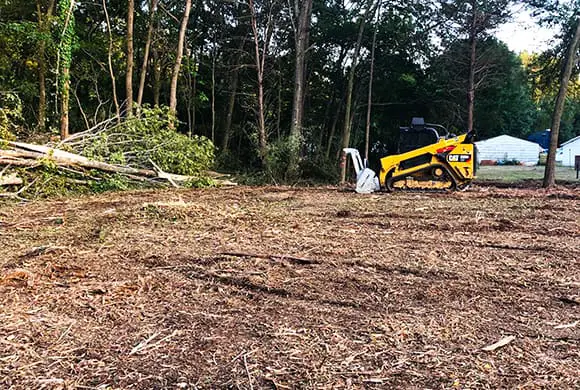Does Mulching Spread Weeds? The Truth About Mulching

Are you tired of constantly battling weeds in your garden? Mulching is a common gardening method that can help stop weeds from growing and make a garden healthier. But have you ever wondered whether mulching could actually be contributing to your weed problem?
In this article, we’ll explore the truth about mulching and whether it spreads weeds or not. We’ll delve into the science behind mulching, the different types of mulch available, and tips for how to properly apply mulch to your garden.
By the end of this article, you’ll have a better understanding of how to use mulch effectively and ensure that your garden remains weed-free. So, grab your gardening gloves and let’s get digging into the truth about mulching!
Understanding Mulching Benefits for Your Garden
In gardening, mulching means putting a layer of organic or inorganic material on top of the soil. This layer can be made up of a variety of materials, such as leaves, wood chips, straw, grass clippings, and rocks, among others. When used correctly, mulching can offer several benefits to your garden.
One of the primary benefits of mulching is weed suppression. Mulch acts as a physical barrier that blocks sunlight from reaching the soil surface, which helps prevent weed seeds from germinating. The thick layer of mulch also creates a barrier that makes it difficult for weed roots to penetrate the soil. Also, some organic mulches, like wood chips, can give off chemicals that stop weeds from growing.
Mulching also helps conserve soil moisture by reducing evaporation. A layer of mulch helps prevent water from evaporating from the soil surface, which can help plants stay hydrated during hot and dry weather. Mulch helps keep water in the soil, which means you don’t have to water your garden as often or for as long.
Mulching can also improve soil quality over time. Organic mulches gradually break down, adding nutrients and organic matter to the soil. This process helps improve soil structure, promote healthy microbial activity, and enhance soil fertility. The decomposed mulch also helps create a crumbly soil texture, which improves aeration and drainage in the soil.
In addition to these benefits, mulching can also help control the temperature of the soil, stop soil erosion, and protect the roots of plants from harsh weather. Mulch can also improve the look of your garden by giving your landscape a uniform, finished look.
Will Mulch Kill Existing Weeds?
The use of mulch as a weed management strategy is a common practice in gardening and landscaping. When you mulch, you put a layer of organic or inorganic materials on top of the soil to cover up bare spots near plants. Many gardeners wonder whether mulch can kill existing weeds, and the answer is, “It depends.”
If you have already removed or pulled weeds before applying mulch, then it is likely that the mulch will prevent them from reseeding or emerging again.
The thick layer of mulch will act as a physical barrier that will block sunlight, prevent weed seeds from germinating, and smother any remaining roots, eventually killing them off. This is especially true for shallow-rooted weeds that rely on photosynthesis to survive.
On the other hand, if you apply mulch over an area that is already infested with weeds, the outcome may not be as effective. Some weeds, such as deep-rooted perennials or woody plants, can grow through the mulch layer and continue to thrive. In such cases, it is best to remove the weeds from mulch first before applying the mulch.
To ensure that the mulch is effective in killing weeds, it is crucial to use the right type of mulch. The best mulches are organic and long-lasting, such as shredded bark, straw, leaves, or compost. These materials break down slowly, providing a continuous layer of protection against weeds.
Inorganic mulches such as rocks or plastic sheets can also be effective in smothering weeds, but they are less environmentally friendly and do not add nutrients to the soil.
Another important factor to consider is the thickness of the mulch layer. The thicker the layer, the better it will be at blocking sunlight and preventing weed growth. A layer of at least 3–4 inches is recommended for most plants. However, be careful not to apply too much mulch, as it can lead to waterlogging and root rot.
Does Mulching Spread Weeds?
Some people have raised concerns that mulching might actually spread weeds, rather than prevent them. So, does mulching spread weeds?
The short answer is, “it depends.” Mulching itself does not necessarily cause weed growth. In fact, mulch that is put down correctly can stop weeds from growing by stopping sunlight from reaching the soil surface and stopping weed seeds from sprouting. However, if the mulch material contains weed seeds, it can actually contribute to weed growth.
Organic mulches, such as straw or wood chips, are more likely to contain weed seeds than inorganic mulches like rocks or plastic. While many commercial mulches are free from weed seeds, some home gardeners may inadvertently introduce weed seeds into their mulch by using yard waste or plant debris as a mulching material. These materials can contain seeds that have not been fully decomposed, leading to potential weed growth in your garden.
To minimize the risk of spreading weeds through mulching, only use mulching materials that are free of weed seeds. Choosing commercial mulches that are labeled as “weed-free” is a good start, but it is still important to inspect the mulch for any signs of weeds before applying it to your garden. Alternatively, you can create your own mulch by composting plant debris, which can help reduce the risk of introducing weed seeds to your garden.
Another way to prevent weed growth through mulching is to apply the mulch at the right time. Mulching too early in the growing season can actually trap weed seeds in the soil, allowing them to germinate and grow despite the mulch layer.
Instead, wait until your plants have established themselves and the soil has warmed up before applying mulch. This will reduce the chances of weed growth and also help your plants grow stronger and healthier.
What Kills Weeds Down to the Root?
Gardeners and landscapers are often looking for ways to eradicate weeds from their lawns and gardens. Hand-pulling weeds can waste time or can be effective, but it can also take a lot of time and effort, especially in large areas. One of the most effective ways to kill weeds down to the root is by using herbicides. Herbicides are chemicals that are designed to kill weeds without harming desirable plants.
There are two main types of herbicides: selective and non-selective. Selective herbicides are designed to kill specific types of weeds, while non-selective herbicides will kill any plant they come into contact with. Herbicides that kill all plants are often used to do things like clear weeds from gravel driveways or large areas of land.
Herbicides work by targeting the plant’s metabolic processes, which can vary depending on the type of herbicide used. Contact herbicides hurt the plant’s leaves and stems when they come into contact with them, while systemic herbicides are taken in by the plant and spread to all parts of it, including the roots.
Glyphosate is a popular systemic herbicide that is widely used for weed control. It works by inhibiting an enzyme that is essential for plant growth, which ultimately kills the weed down to the root. Glyphosate is effective against a wide range of annual and perennial weeds and is often used for total vegetation control.
Another type of herbicide that is effective at killing weeds down to the root is 2,4-D. This selective herbicide is often used for broadleaf weed control and works by mimicking the plant’s growth hormones, causing the weed to grow itself to death. It is often used in combination with other herbicides for maximum effectiveness.
In addition to herbicides, there are other natural remedies that can be used to kill weeds down to the root. For example, boiling water or vinegar can be used as a contact herbicide to kill weeds by causing cell damage. However, these methods are not selective and can harm desirable plants as well, so caution must be exercised when using them.
What Happens if You Put Mulch on Top of Weeds?
The short answer is that it depends on the type of mulch and the condition of the weeds.
If the weeds are already established and growing vigorously, simply putting mulch on top of them is unlikely to be effective at suppressing their growth. In fact, it may even encourage them to grow more vigorously by providing them with extra nutrients and moisture. This is especially true if the mulch is not applied thickly enough to smother the weeds or if it is not a long-lasting mulch.
However, if the weeds have already been removed or killed, applying mulch can be an effective way to prevent their regrowth. Mulch acts as a physical barrier that keeps weed seeds from growing by blocking out light and limiting their access to oxygen. A thick layer of organic mulch can also help to improve the quality of the soil, which can make good plants grow faster and outcompete weeds.
It is important to note that not all types of mulch are created equal when it comes to weed suppression. Organic mulches such as bark, straw, or compost are typically the best option for suppressing weed growth because they break down slowly over time, providing long-lasting weed control. Inorganic mulches, like gravel or landscape fabric, may work at first to keep weeds down, but as weed seeds grow on top of them, they can stop working.






